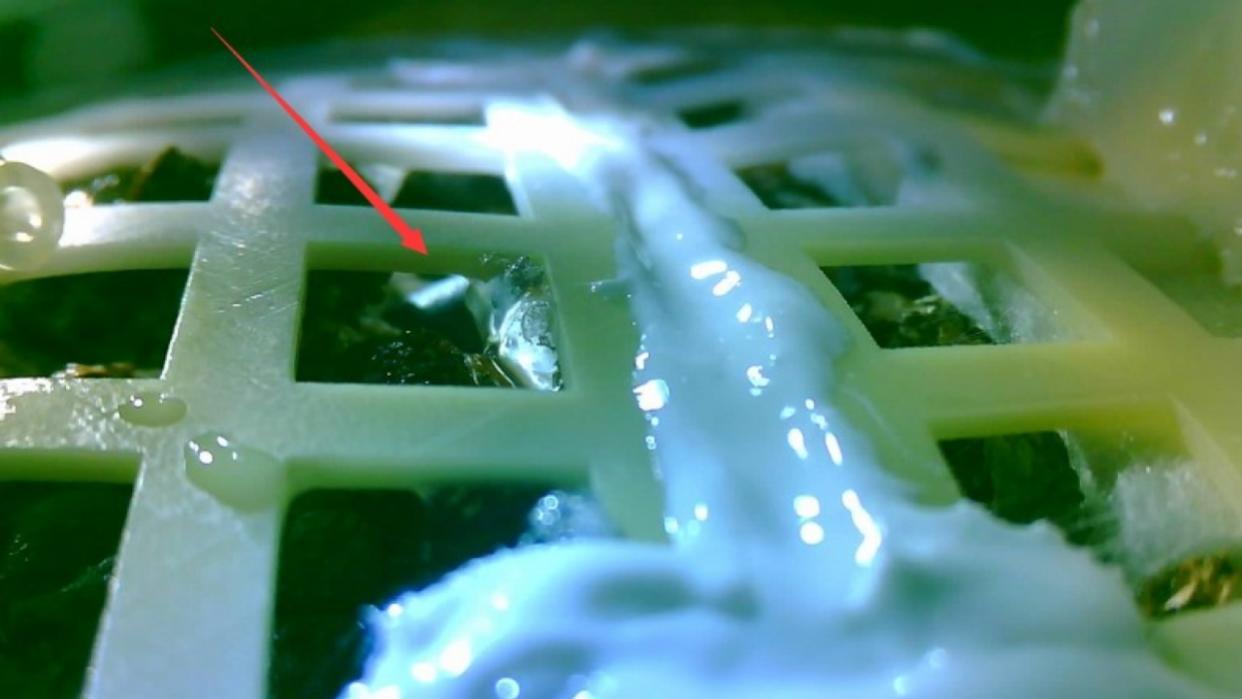First plants sprout on the moon as Chinese lander takes cotton seeds to ‘dark side’

The first ever plants have sprouted on the moon, after China’s Chang’e-4 mission carried cotton seeds to the ‘dark side’, facing away from Earth.
Astronauts have previously sprouted plants on the International Space Station, but never on the moon.
The breakthrough is seen as key to future space missions, as the ability to grow plants could be key to longer-term missions such as journeys to Mars.
The cotton seed grew in a lattice-like structure inside a canister after the lander touched down on the moon on January 3, say researchers at Chongqing University.

Researcher Xie Gengxin said, ‘This is the first time humans have done biological growth experiments on the lunar surface.’
China’s space administration also released a 12-minute video of Chang’e 4’s landing, using more than 4,700 images taken by an on-board camera.
The probe is shown adjusting its altitude, speed and pitch as it seeks to avoid obstacles on the ground.
MORE: Theresa May warns of ‘unforgivable breach of trust’ if MPs don’t vote for her Brexit deal
MORE: Donald Trump’s behaviour ‘so concerning FBI opened Russia collusion inquiry’
The far side has been observed many times from lunar orbits, but never explored on the surface.
It is popularly called the ‘dark side’ because it cannot be seen from Earth and is relatively unknown, not because it lacks sunlight.
The pioneering landing highlights China’s ambitions to rival the US, Russia and Europe in space through manned flights and the planned construction of a permanent space station.
Pictures released by the China National Space Administration released pictures showing a rocky surface with the jagged edge of craters in the background, posing a challenge for controllers in plotting the rover’s travels, the official Xinhua News Agency said.
‘From the panorama, we can see the probe is surrounded by lots of small craters, which was really thrilling,’ said Li Chunlai, deputy director of the National Astronomical Observatories of China and commander-in-chief of the ground application system of Chang’e-4.
Researchers hope that low-frequency observations of the cosmos from the far side of the moon, where radio signals from Earth are blocked, will help scientists learn more about the early days of the solar system and birth of the universe’s first stars.

 Yahoo News
Yahoo News 

